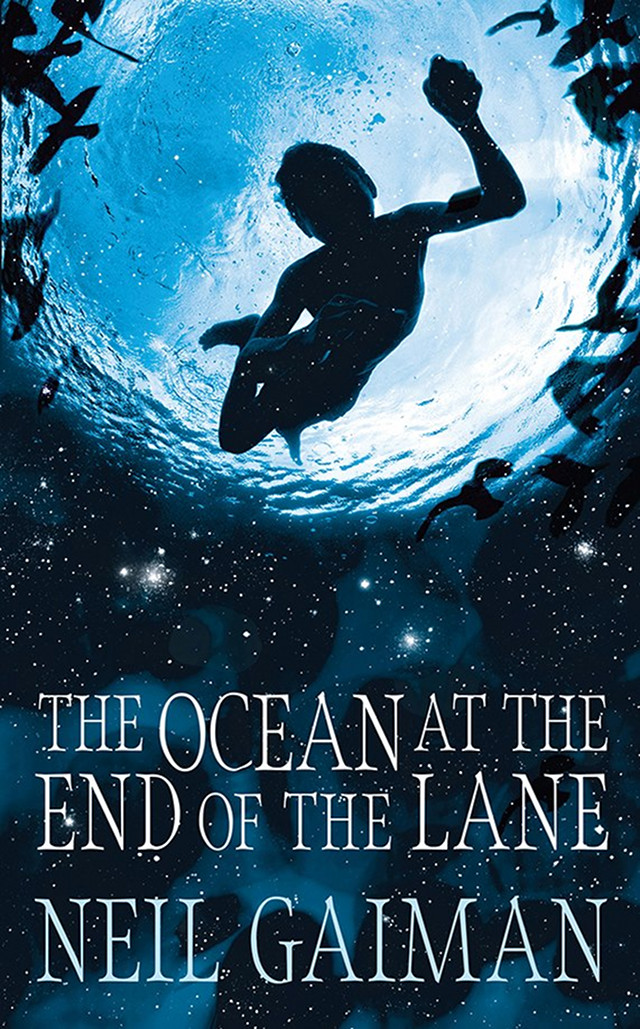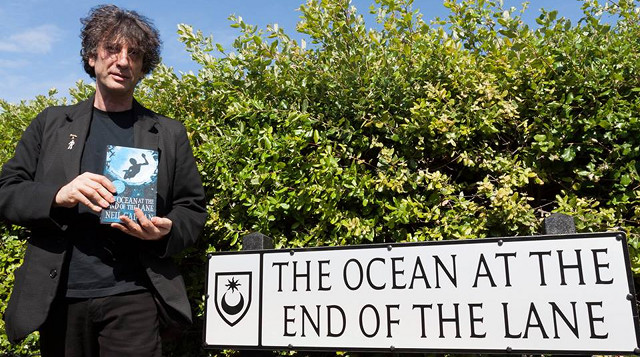SUMMARY
This is AI generated summarization, which may have errors. For context, always refer to the full article.

MANILA, Philippines – Neil Gaiman is a man of many talents.
He began as a journalist, chronicling the lives of music giants Duran Duran in 1980s Britain. He then moved on to the rock ‘n roll lifestyle of a comic book creator with the re-imagining of the forgotten DC character The Sandman. He turned it into a mythic figure that walked and moved among our dreams.
The result was the seminal series “The Sandman,” published by DC’s Vertigo imprint — catapulting the mop-haired, black jacket-wearing Gaiman to instant geek stardom.
More than 20 years after the first issue of “The Sandman” came out, Gaiman has now become familiar name, having expanded his body of work to include novels [“American Gods,” “Anansi Boys,” “Neverwhere”], children’s story books [“Wolves in the Wall,” “Blueberry Girl”], films [he wrote “Mirrormask” and “Beowulf”; his novels “Stardust” and “Coraline” were adapted into film], and even television [“Babylon 5,” “Doctor Who”].
He even performs readings regularly with his wife, musician and performer Amanda Palmer.
In his latest creation, “The Ocean at the End of the Lane” [Harper Collins], Gaiman returns to the familiar experience of childhood, a place he visited in his previous novels “Coraline” and “The Graveyard Book.” In this story, he grounds childhood fears in a place that is more familiar than an old house or a cemetery full of bones.
A nameless middle-aged man returns to his childhood neighborhood, a ramshackle countryside slowly being swallowed up by industry, and visits a lake at a farm at the end of the lane. He remembers his childhood friend, Lettie Hempstock, and the adventures they had together — except that they weren’t really imagined adventures, were they?

Gaiman captures the strange in-between-ness of real life and fantastic, and relays them in a natural and matter-of-fact tone. The remembrances of the frame story returns both the man and the reader back to his 7-year-old self, when he first befriended Lettie and her mother and grandmother, who all resided at the Hempstock farm.
Though the details are firmly grounded in real life [the lane and the farm and the childhood home], one can sense that another world resides just beneath the surface of this ordinary life. Everything in the story is more than what meets the eye: even the child’s mother, father and older sister reveal depths that are in turn both terrifying and yet tangibly real.
The core of the story is the child protagonist’s realization that he alone must face his fears. From confronting terrifying creatures that exist in his mind and beyond the borders of time, to the strange arrivals of men and women in his home — his family had begun to rent rooms in an effort to make ends meet — who contribute, in their turn, to the careful collapse of his world view, Gaiman crafts a story that doesn’t pull any punches.
He shows, with each turn of the page, how a child must feel like when confronted with the strange and the unreal, and the courage that it takes to overcome these fears.
The story also plays with a child’s memory of time and reality. There are moments in the tale when the protagonist questions himself, and questions the veracity of what he is remembering.
“A small part of my mind remembered an alternate pattern of events and then lost it, as if I had woken from a comfortable sleep and looked around, pulled the bedclothes over me, and returned to my dream,” he says towards the end of the book, a signal to the reader that perhaps even the storyteller himself is unreliable in his remembrances.
But it is this unreliability that makes this book powerful in its own right — for how much do we remember of our own childhood, and how much of our memories are actually real?
Watch Neil Gaiman’s guesting at TalksAtGoogle:
– Rappler.com
Neil Gaiman’s ‘The Ocean at the End of the Lane’ is available in all major bookstores.
Add a comment
How does this make you feel?
There are no comments yet. Add your comment to start the conversation.